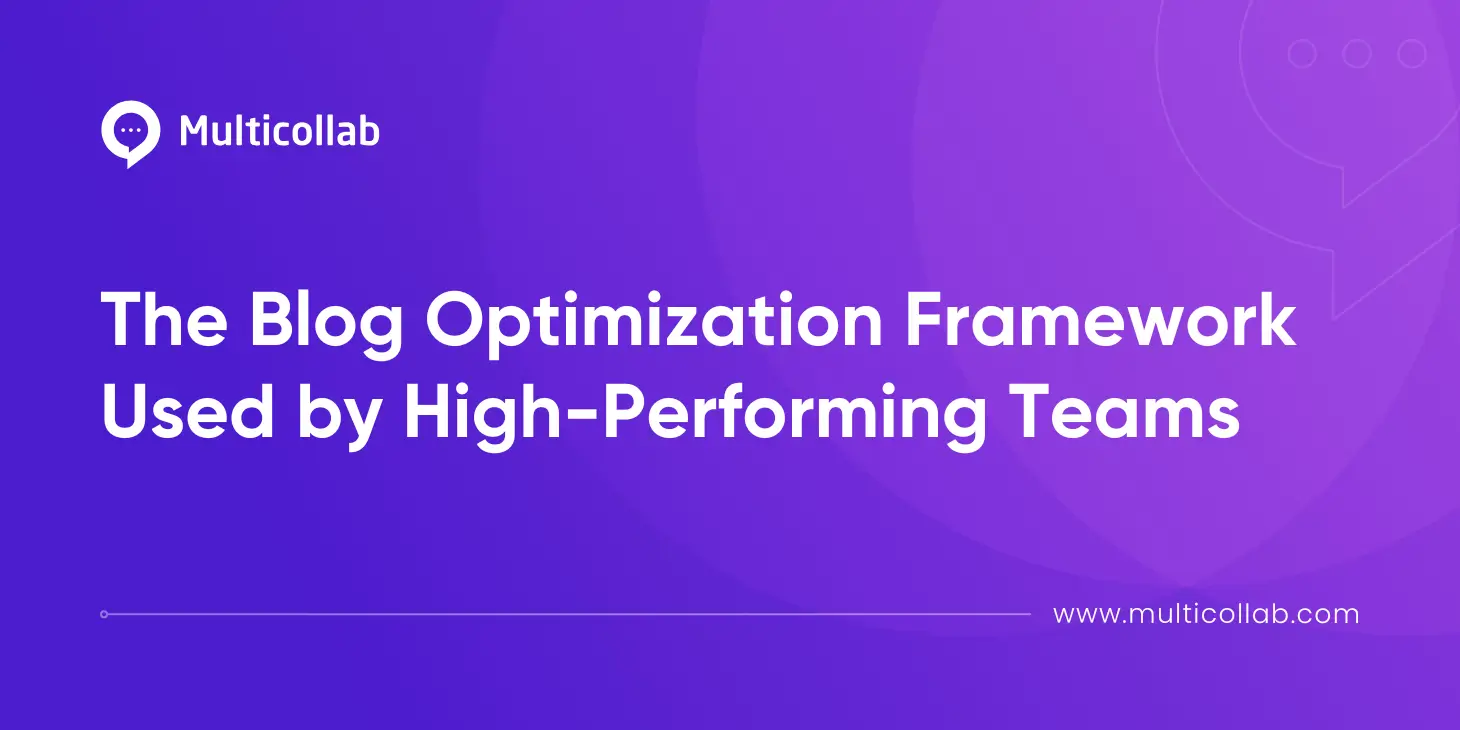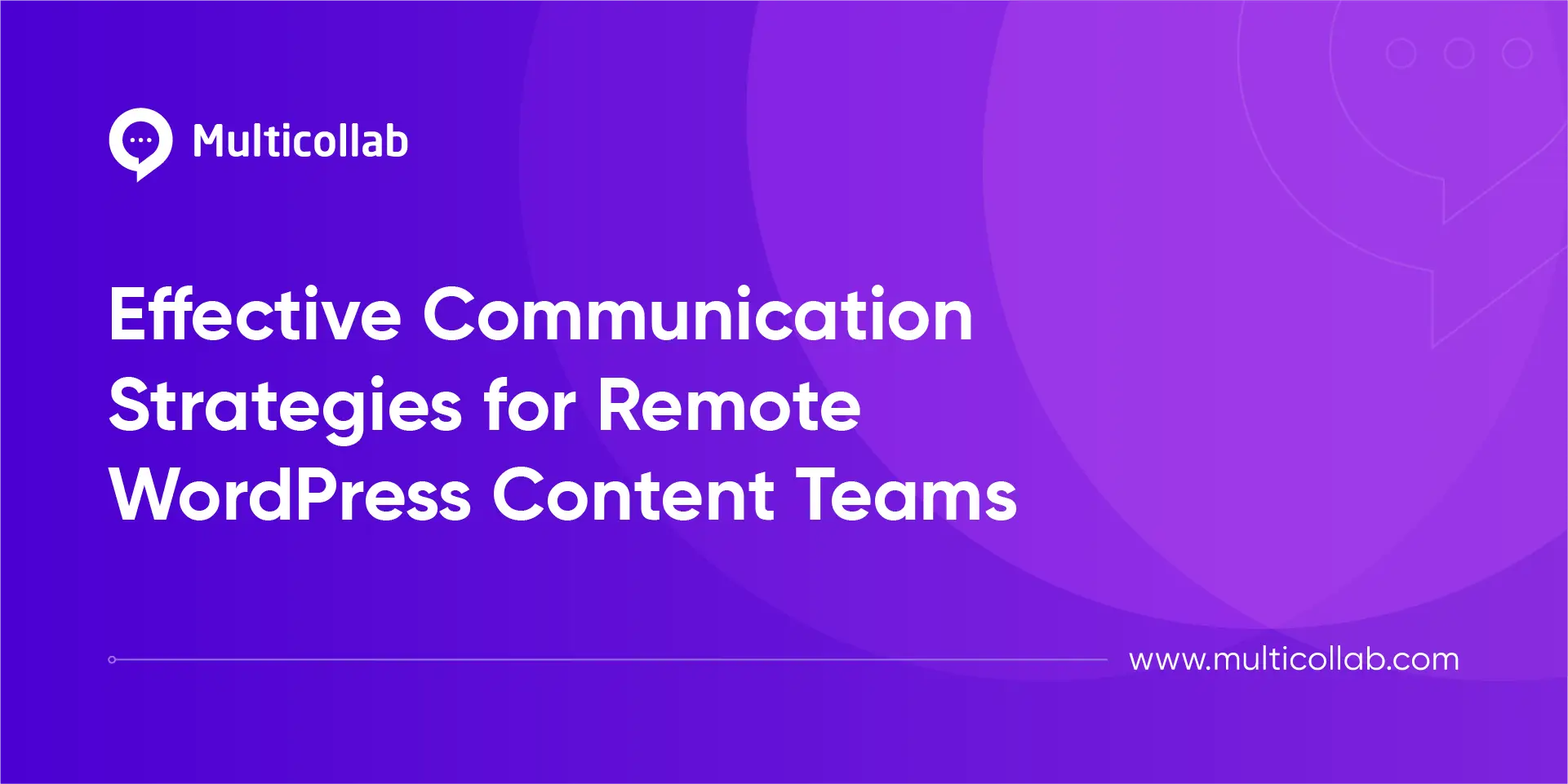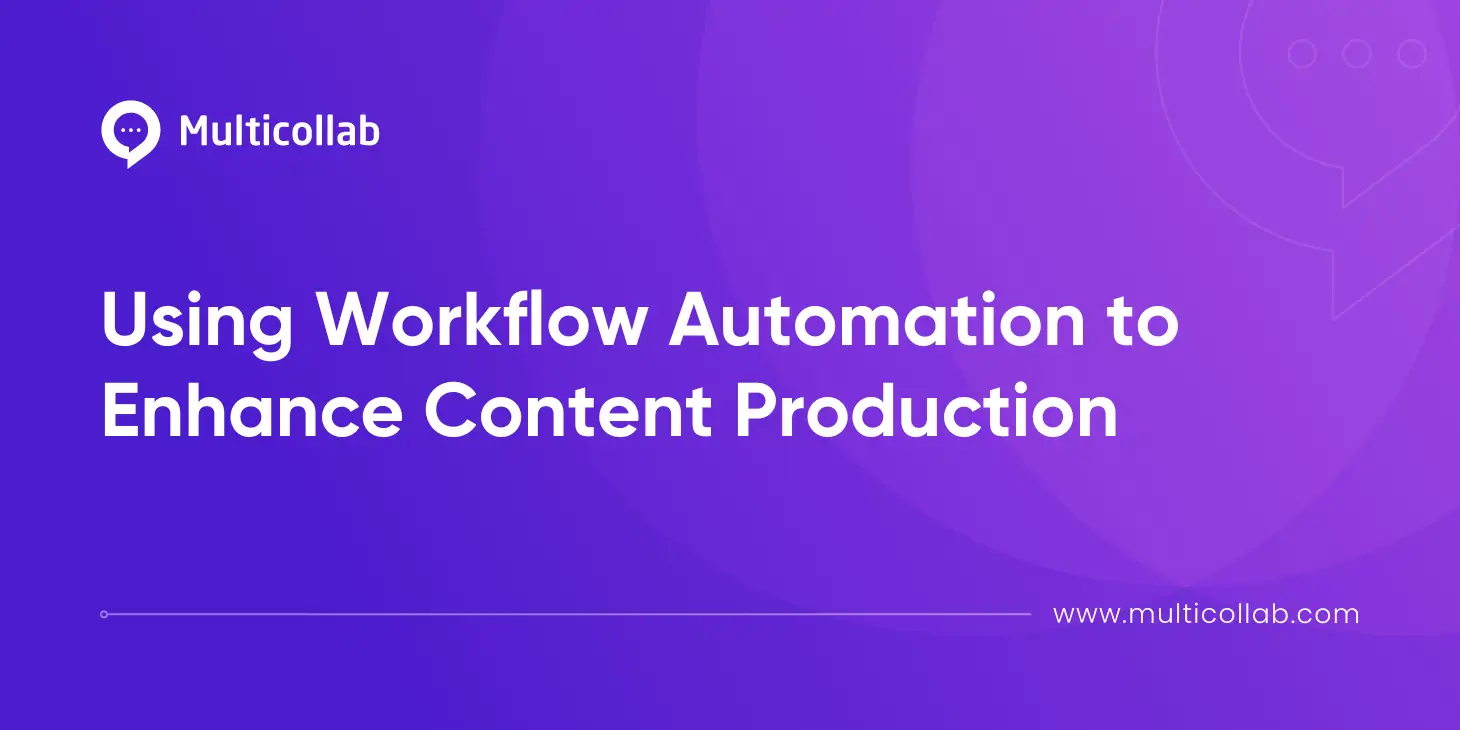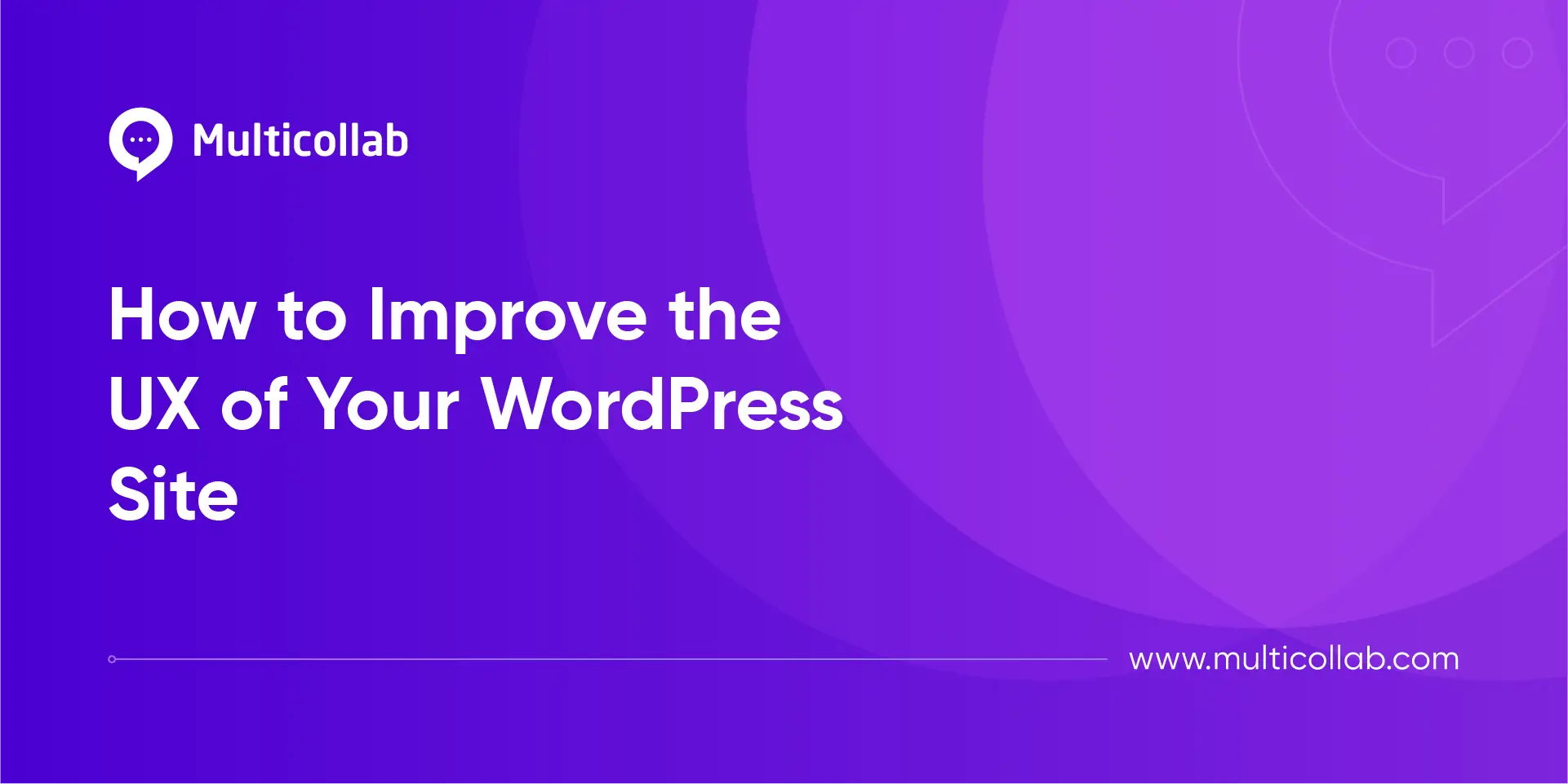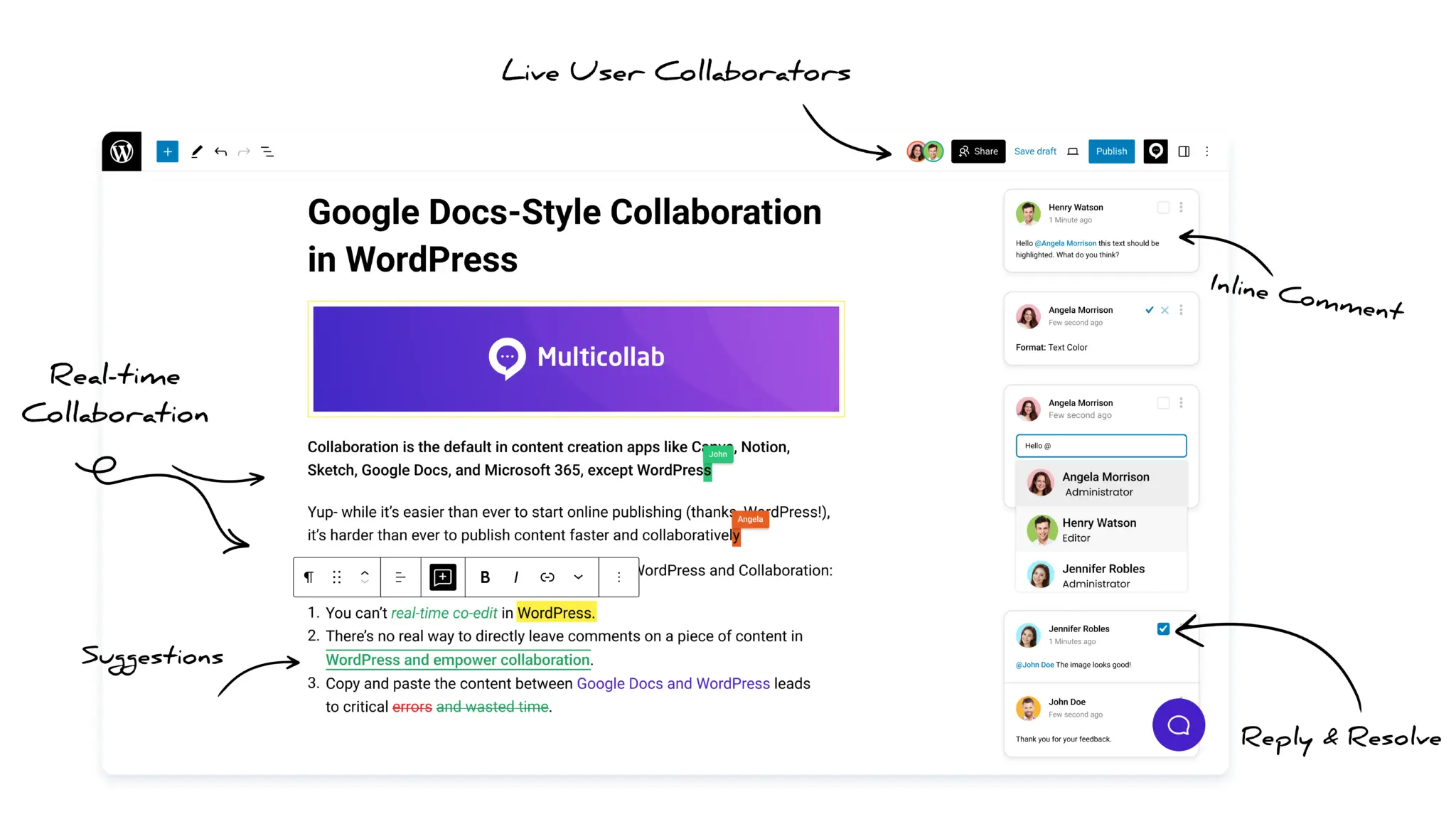Table of Contents
Many teams still believe that blog optimization is only about using the right keywords and formatting. That approach is outdated. Today, top-performing blogs are built through a clear process that starts before writing and continues even after publishing.
In this guide, you’ll learn a complete blog optimization framework that successful content teams use to get better rankings, more traffic, and higher conversions. Whether you manage a team or run a business blog, this framework will help you make every blog post more effective.
Why most blog optimization efforts don’t work
The bigger issue is timing. Most teams treat blog optimization as something that happens after writing. By then, it is too late to fix problems like unclear structure, weak topic selection, or missing reader intent. These early-stage mistakes cannot be corrected with keywords alone.
Another common problem is the lack of follow-up. Once a blog is published, it is often forgotten. There is no plan to track its performance, update the content, or improve it based on reader behavior. As a result, many blogs lose visibility over time, even if they were strong at launch.
To get better outcomes, optimization needs to happen across the entire blog lifecycle. It should start before writing, continue during the drafting stage, and carry on after publishing. This is what separates high-performing blogs from the rest.
For example, teams using collaborative tools like Multicollab can spot structural issues earlier while the post is still in draft because feedback happens inside WordPress, not scattered across docs and email threads.
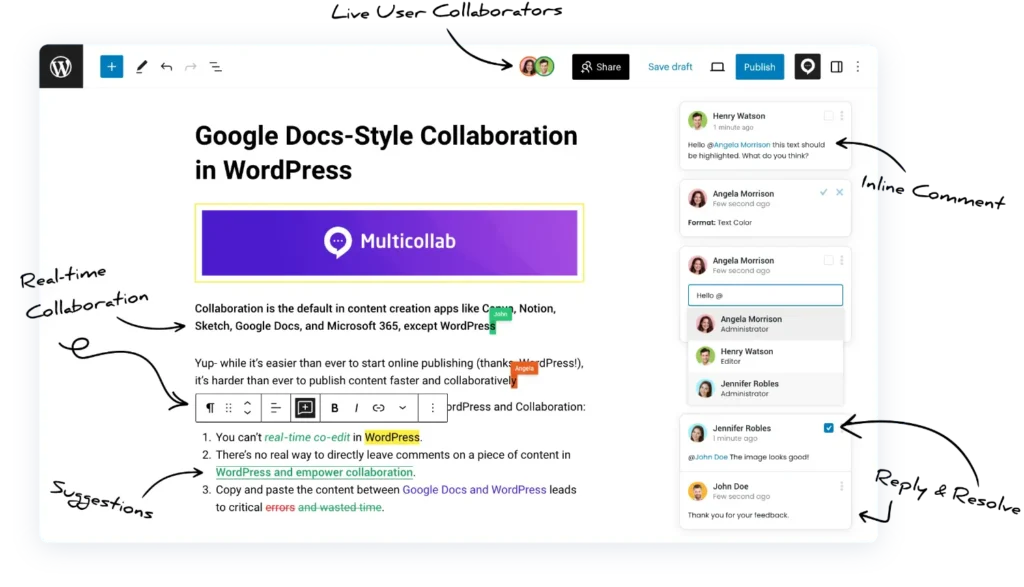
Introducing the L.E.V.E.R.S. framework for blog optimization
High-performing content teams do not rely on guesswork. They use a structured approach that improves every blog at each stage of its lifecycle. One such approach is the L.E.V.E.R.S. framework, designed to help blogs rank higher, keep readers engaged, and convert better.
L.E.V.E.R.S. stands for:
Leverage – Strengthen existing content by merging or updating related posts
Entry-point targeting – Optimize blogs based on where readers come from
Value layering – Deliver useful information at every scroll depth
Entity optimization – Go beyond keywords by covering the full topic scope
Recirculation – Guide readers to more content without losing them
Signal calibration – Improve performance by monitoring real user behavior
Each part of this framework plays a role in making your blog content more effective. When used together, these six steps can help turn ordinary blog posts into long-term, high-performing assets.
Implementing L.E.V.E.R.S for blog optimization
Leverage: Strengthen your best content by merging or updating posts
One of the most overlooked parts of blog optimization is working with content you already have. Many websites have dozens of blog posts that cover similar topics or compete for the same keywords. This can confuse search engines and hurt your rankings. It is known as content cannibalization.
High-performing teams regularly audit their existing blog library. Instead of letting similar posts compete with each other, they combine them into one stronger, more complete version. This helps improve rankings, increases time on page, and reduces duplication across the site.
Here’s how to use leverage in your own content strategy:
1. Identify overlapping blog posts
Start by finding content that targets the same or very similar keywords. These could be:
- Two or more posts that answer the same question
- Older posts that still get traffic, but are outdated
- Posts with thin content that could be combined into a stronger piece
2. Decide which post should lead
Pick the strongest version to keep. This is usually the one with the best backlinks, highest traffic, or cleanest URL. Then, plan how to merge insights from the other posts into it.
3. Redirect the other URLs
Once the content is combined and published on the lead post, use 301 redirects to point old URLs to the new one. This passes SEO value and prevents users from landing on outdated or duplicate pages.
4. Keep a leverage map
Top teams maintain a simple internal document that tracks:
- Which posts have been merged
- What redirects were applied
- Which pieces are due for review or updates
Entry-point targeting: Optimize blogs for how readers arrive
Not every blog reader lands on your post the same way. Some come from Google. Others click through from a newsletter, social media, or even an in-product link. Each of these readers has a different level of context and intent when they arrive.
Most blog posts are written with only one type of reader in mind, usually the one coming from search. But high-performing teams take it further. They optimize their blogs based on entry-points so that every visitor sees content that feels relevant and useful from the start.
Here’s how to apply entry-point targeting:
1. Understand your main traffic sources
Start by reviewing where your blog traffic is coming from. Look at:
- Organic search
- Email campaigns
- Paid ads or social posts
- Internal product links
- Referral websites
Each source brings readers with different expectations. Someone from Google may be discovering your brand for the first time, while someone from an email campaign may already know what you offer.
2. Tailor your introductions
The blog introduction should quickly connect with the reader’s intent.
For example:
- A search visitor needs a clear answer to their question, fast.
- An email subscriber may be more interested in updates or deeper insight.
- A product user may just want to know how a feature works.
Some teams create two versions of the same introduction. One is shown to organic traffic. Another is shown to logged-in users or email referrals using smart content blocks or UTM targeting.
3. Adjust calls to action (CTAs)
The next step you want readers to take should match how they arrived. For example:
- A cold visitor from search may respond better to a low-commitment CTA, like reading a related post.
- A known user from email may be ready to start a trial or download a resource.
When you connect the message to the reader’s context, they are more likely to stay longer and take action.
Value layering: Keep readers engaged at every stage
A common reason readers leave a blog post early is that all the value is front-loaded. Once they get the answer they came for, they close the tab. High-performing teams avoid this by using value layering, a method where every part of the blog delivers something useful.
Instead of sharing all insights at once, value is spread across the post. This keeps readers scrolling, improves engagement, and increases the chances of conversion.
Here’s how to apply value layering in your blog content:
1. Start with a clear and useful summary
The top section should explain what the post is about and what the reader will gain.
This is especially important for:
- Skimmers who only read the first few lines
- Readers coming from search engines
- People trying to decide if they should commit to reading the full post
Use a short summary, bulleted takeaways, or a preview paragraph.
2. Add original insights or examples in the middle
The middle of your blog is where many readers drop off. To keep their attention, include:
- A real example or use case
- Screenshots or visuals
- Quick stats, frameworks, or diagrams
This gives readers a reason to stay engaged beyond the introduction.
3. End with deeper takeaways or practical actions
The bottom section is your chance to speak to committed readers.
Add:
- Step-by-step instructions
- A case study or testimonial
- A related downloadable resource or next step
These readers are more likely to take action, so give them something high-value.
4. Place save or share prompts strategically
Offer a “save for later” or download option before the halfway point. Some people want to return to the post but do not have time to finish it right away. You can also encourage sharing after key insights, not just at the end.
Entity optimization: Go beyond keywords to cover the full topic
Search engines no longer rely on exact keywords alone. They use advanced language models to understand the meaning of a topic. This is where entity optimization becomes important.
An entity is any clearly defined concept, name, place, tool, or topic. For example, in a blog about SEO tools, entities could include “Google Search Console,” “keyword difficulty,” or “backlink analysis.” Search engines use these to understand what your post is about and how complete it is.
High-performing teams make sure their content includes all the important entities related to a topic. This shows search engines that the content is detailed, trustworthy, and worth ranking.
Here’s how to do entity optimization well:
1. Use tools to find missing entities
You can use tools like InLinks, Surfer SEO, or Google’s Natural Language API to analyze the top-ranking posts on your topic. These tools highlight:
- What entities appear most often
- What your post might be missing
- How search engines interpret the meaning of your content
This gives you a checklist of related terms and ideas to include.
2. Add missing context naturally
Once you know what entities to include, add them where they make sense. Do not force them in. Instead:
- Use them in subheadings
- Mention them in examples or case studies
- Add them to image alt text or internal links
For example, if your post is about WordPress SEO and you’re missing “Yoast plugin” or “schema markup,” include a section or paragraph that explains those briefly.
3. Cover the topic from multiple angles
Try to include:
- Definitions of key terms
- Tools or software names
- Common use cases
- Related techniques or steps
This helps your blog feel complete, both to search engines and to readers.
Recirculation: Guide readers to more of your content
When someone reads a blog post, that should not be the end of their journey. Recirculation is the practice of guiding readers from one piece of content to another. It keeps them engaged, increases pageviews, and helps them explore more of what your brand offers.
High-performing teams treat recirculation as part of the blog structure, not just an afterthought. Every post includes clear paths that encourage readers to stay longer and discover more content that is relevant to them.
Here’s how to improve recirculation in your blog strategy:
1. Add “next read” suggestions within the content
Instead of only showing related posts at the end, place suggestions inside the post. For example:
- After a key section, add a short sentence like “Want to dive deeper? Read our guide on [related topic].”
- Use inline banners or visual blocks between sections for high-value links
This keeps readers moving without interrupting the flow.
2. Link to supporting or pillar content
If the post is part of a larger topic, link to your pillar pages or core guides. For example:
- A blog about “content briefs” can link to your main “content strategy framework” post
- A feature update post can link to use cases or tutorials
This strengthens your internal linking and helps with topic authority.
3. Use strong call-to-actions for further content
Sometimes the next step is not a blog post. It could be:
- A webinar or video
- A downloadable template
- A case study or product demo
Use a clear CTA that points readers to content that matches their interest level and intent.
4. Design for discovery
Use a consistent layout where readers always know where to find related content. That might include:
- A sticky sidebar with recommended articles
- A “featured in this series” section
- A tools or resource box at the end
Signal calibration: Improve blog performance after publishing
Once a blog post is live, your job is not over. Search engines track how users interact with your content. These behaviors are called user signals and help Google decide if your blog deserves to rank higher, stay in place, or drop lower.
High-performing teams actively monitor and improve these signals. They do not just publish and wait. They test, adjust, and enhance posts based on how real people are engaging with them.
Here’s how to calibrate your blog’s performance signals:
1. Track key behavior metrics
Use tools like Google Analytics, Microsoft Clarity, or Hotjar to measure:
- Time on page
- Scroll depth
- Click-through rate (CTR)
- Bounce rate
- Interaction with elements like links, buttons, or videos
If people leave quickly or never scroll past the intro, your content may need changes.
2. Improve the early experience
The first 10–15 seconds matter most. To reduce early exits:
- Start with a strong, clear summary
- Use short paragraphs and headers
- Show readers that the post answers their question quickly
Making a good first impression improves time on page and scroll behavior.
3. Add micro-interactions
You can improve engagement by giving readers something to click, expand, or explore.
Try adding:
- Accordions for FAQs
- Click-to-copy buttons
- Charts, tools, or sliders
- Polls or embedded videos
These small interactions tell Google that users find the content useful.
4. Refresh underperforming sections
Look at where readers drop off or stop scrolling. If a certain section is too long, too dense, or unclear, rewrite or split it. Also, update outdated stats, add new examples, or move your best content higher up.
5. Drive engaged traffic first
At launch, promote your blog to your most engaged audience. This could be:
- Email subscribers
- LinkedIn followers
- In-app users
These readers are more likely to interact with your content. Their positive signals give Google early feedback that your blog is worth ranking.
This approach is scalable, repeatable, and more effective than traditional checklists. Whether you’re managing a growing blog or optimizing a library of hundreds of posts, the key is to treat each blog as part of a long-term system, not just a stand-alone article.
Blog optimization checklist: Apply the L.E.V.E.R.S. framework
Use this checklist as a quick way to apply the full framework to any blog post; before, during, and after publishing.
✅ Before writing
- Reviewed existing content to avoid overlap or cannibalization (Leverage)
- Identified the strongest URL to build on if combining content
- Created a plan to update or redirect older posts
✅ While writing
- Adjusted intro and tone for key traffic sources (Entry-point targeting)
- Designed content structure to deliver value across the scroll (Value layering)
- Included key entities and related concepts (Entity optimization)
- Linked to pillar or related supporting content
- Added inline suggestions for “next read” or deeper content (Recirculation)
✅ After publishing
- Monitored key behavior metrics (time on page, scroll depth, bounce rate)
- Identified and updated underperforming sections
- Added interactive elements to improve engagement (Signal calibration)
- Promoted the post to high-engagement audiences first
- Scheduled regular updates or refresh cycles
You can turn this checklist into part of your content workflow or add it to your editorial documentation. It helps ensure every post follows a complete, high-impact optimization process.
Whats really behind truly high-performing blogs
Here are six things top blogs consistently do and why they matter:
Turn content into unique IP: Don’t just share advice. Develop your own terms, visuals, or frameworks that stick in your audience’s mind.
Start with the end in mind: Know what action you want readers to take, then structure your blog to lead them there.
Promote when there’s real demand: Share your blog when your audience is talking about the problem it solves, not just when your calendar says to.
Keep content fresh: Great blogs don’t die after publishing. Update them every few months to stay relevant, accurate, and SEO-friendly.
Write for how people actually read: Use bold text, short paragraphs, and headers. People scan before they read, so you must design for that.
Make your readers feel seen: Start by reflecting the reader’s pain or challenge. When people feel understood, they’re more likely to trust you.
Build blogs that rank, engage, and convert
Blog optimization is about building a system that improves every blog before, during, and after publishing. The L.E.V.E.R.S. framework gives you a complete approach to do exactly that. It helps you create content that ranks well, keeps readers engaged, and drives real outcomes.
Start by applying this framework to one blog post. Focus on small, consistent improvements. If your team works inside WordPress, you can make this process even smoother by centralizing comments, approvals, and revisions with tools like Multicollab so your optimization workflow happens where the content lives.
Over time, you’ll see stronger performance across your entire content library.


